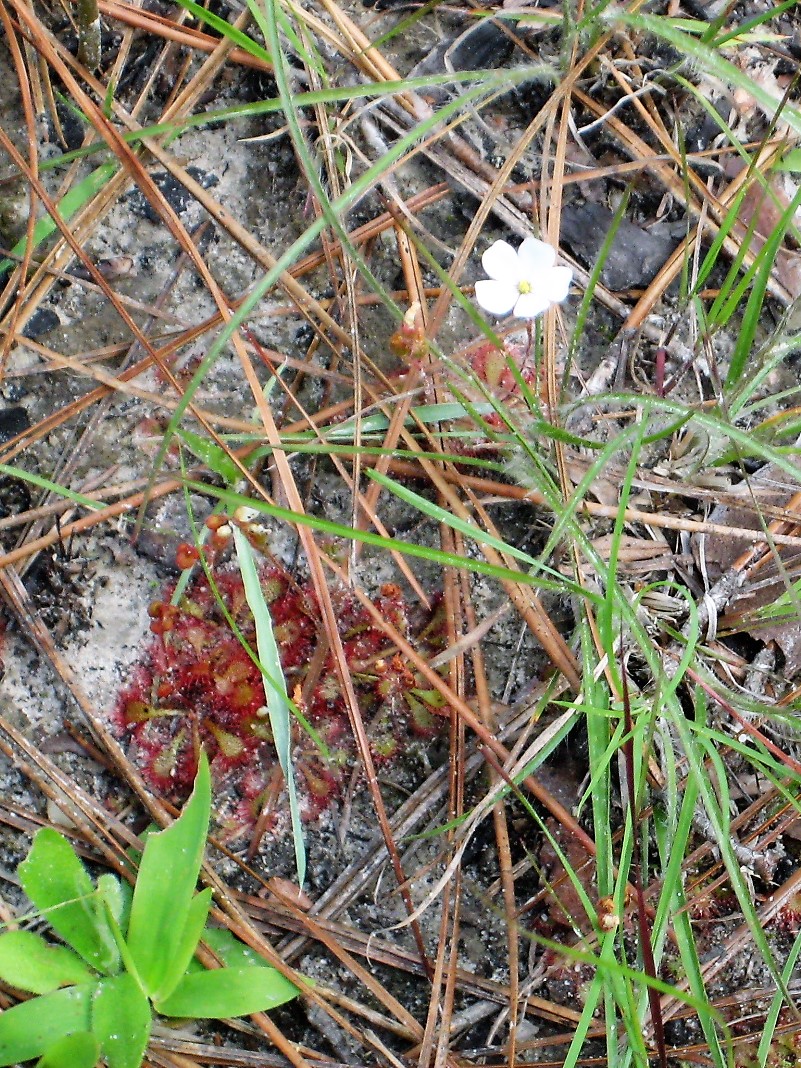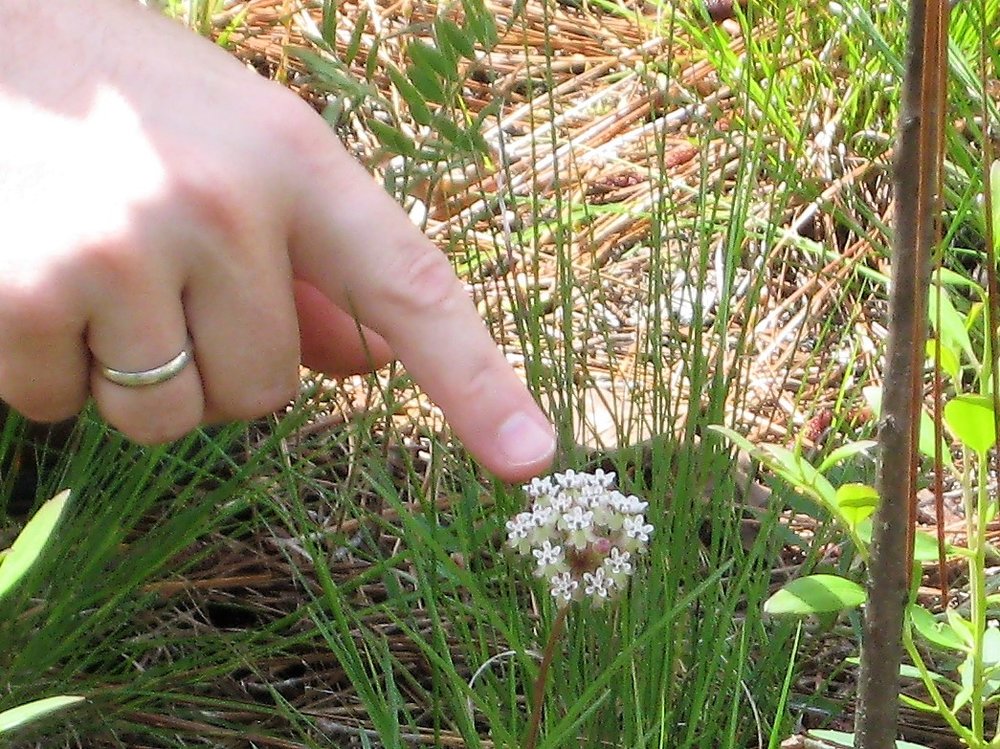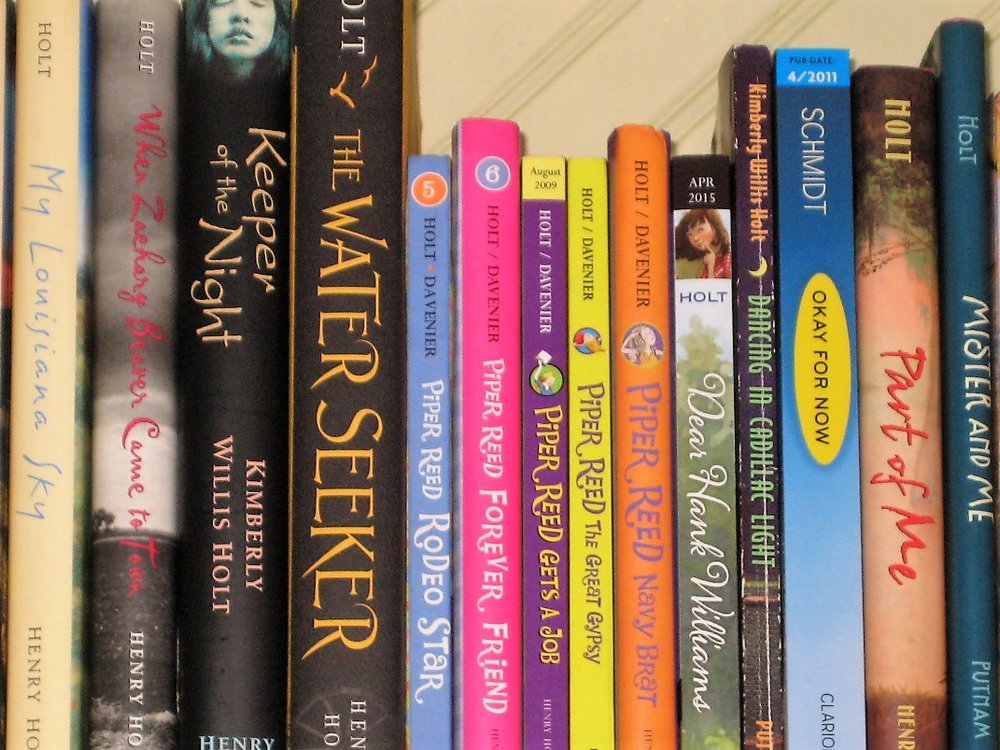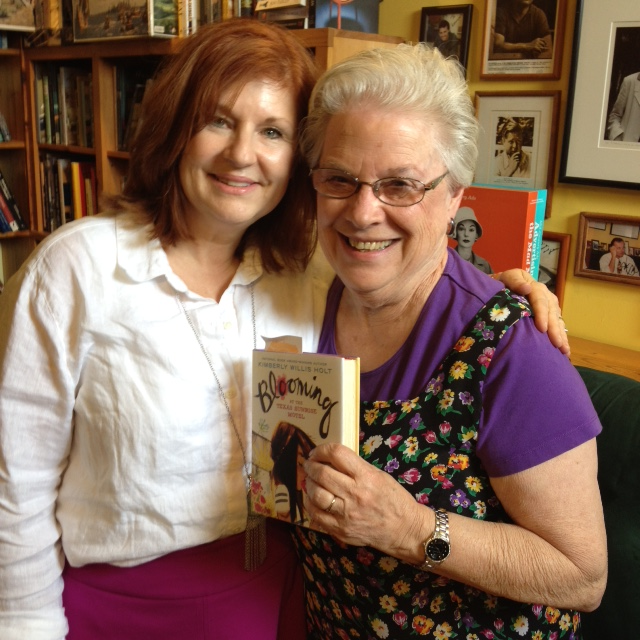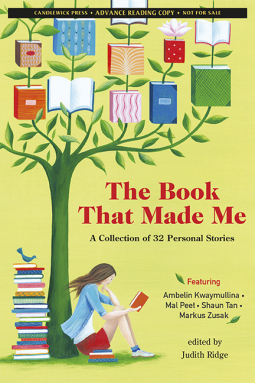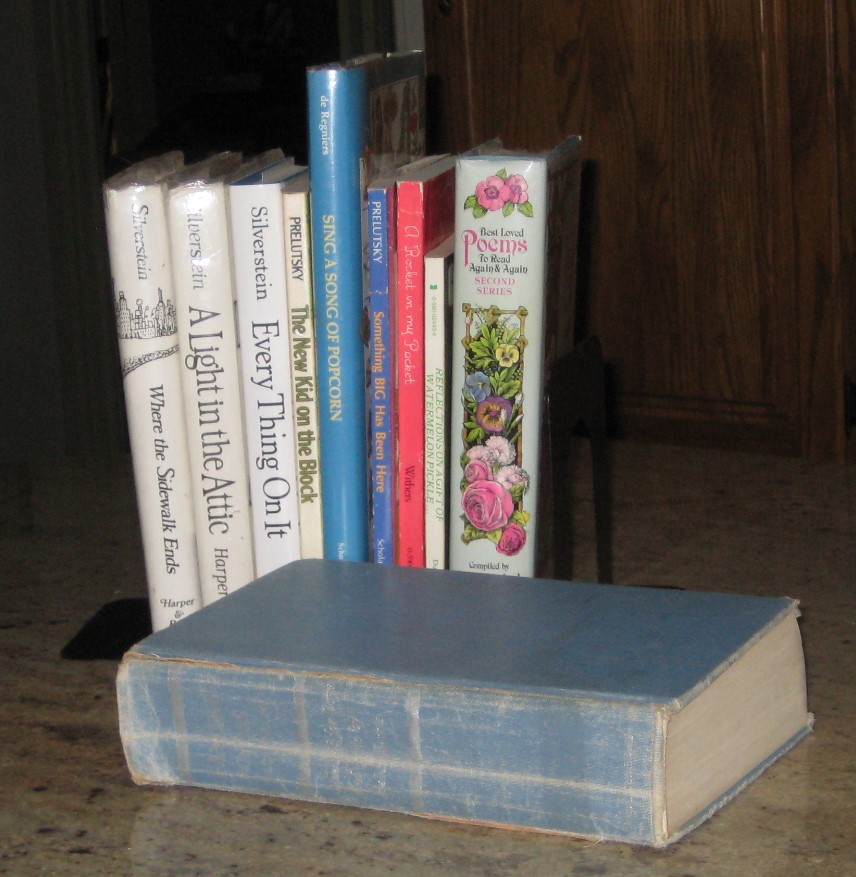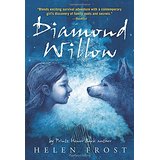 Angie Thomas seemed a bit in awe as she told her own publication story to the attendees of the Louisiana/Mississippi SCBWI JambalayaKidLit Conference. Being proactive with coincidence took her to a “right place – right time” cliché. She asked a question on an agent’s twitter query site about a book she had begun as a college writing project. “Would there be an interest in a book about a girl caught in a community where she had personal relationships with both the police and the Black Lives Matter neighborhood?" The agent invited her to send the manuscript which he then sold at auction. Two years later, The Hate U Give has spent weeks on the New York Times young adult best seller list.
Angie Thomas seemed a bit in awe as she told her own publication story to the attendees of the Louisiana/Mississippi SCBWI JambalayaKidLit Conference. Being proactive with coincidence took her to a “right place – right time” cliché. She asked a question on an agent’s twitter query site about a book she had begun as a college writing project. “Would there be an interest in a book about a girl caught in a community where she had personal relationships with both the police and the Black Lives Matter neighborhood?" The agent invited her to send the manuscript which he then sold at auction. Two years later, The Hate U Give has spent weeks on the New York Times young adult best seller list.
Our Louisiana/Mississippi group had already booked Angie for our conference in March before she became quite so famous. Our regional advisor interviewed her for the afternoon general session. She began, “I’m not sure what to do here. I’ve never interviewed a New York Times best seller before.”
Angie had a quick comeback. “That’s okay. I’ve never been a New York Times best seller before.”
Having set the tone for the interview, the writers and wannabe writers were drawn into the conversation that told of Angie’s own struggles, much like her protagonist, living in the community with her black neighbors and attending school in an elite, predominantly white, college. She emphasized that her novel did not make either the police or the Black Lives
Angie obviously doesn’t need my help in promoting this debut novel. I found it to be all she had said with a protagonist torn between people in her two worlds that she genuinely cares about. The book is a hard read both from the language and the situations, but they are necessary to the story rather than gratuitous. I found myself using context for some of the authentic street language much like I used to do as a child when the books I chose contained vocabulary over my head.
The book will appeal to young adult readers – just ask the New York Times. It will also give insight to those who are looking for a just solution to the problems between the police and the Black community.



